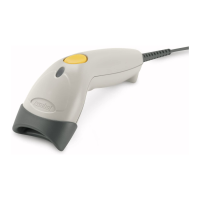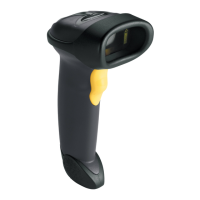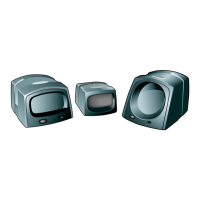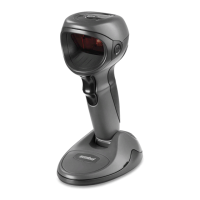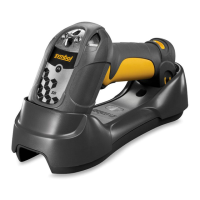What to do if the Motorola Barcode Reader decodes but doesn't transmit to the host?
- CcarolynsosaSep 12, 2025
If your Motorola Barcode Reader decodes a symbol but doesn't transmit the data to the host, consider the following: * Verify that the cradle is programmed for the correct host interface. Check scanner host parameters or edit options. * Ensure the scanner is paired to the cradle by using the PAIR bar code on the cradle. * Check that all cable connections are secure. * If the cradle has lost connection to the host, disconnect the power supply, then the host cable; wait three seconds; reconnect the host cable, then the power supply; and reestablish pairing.




